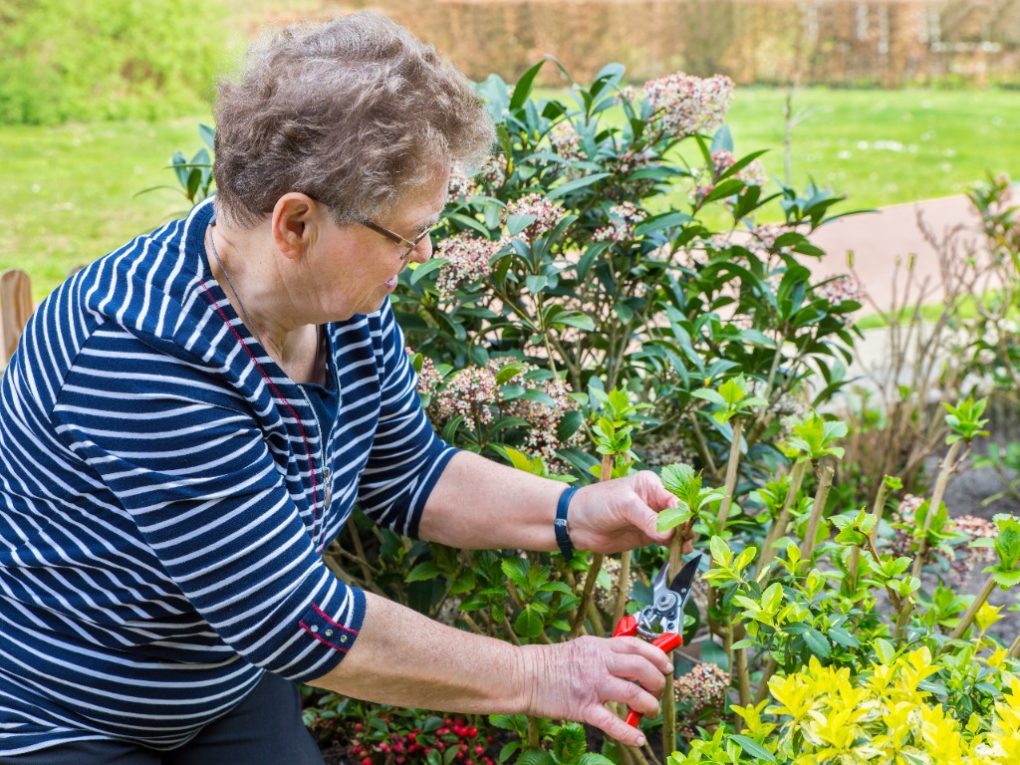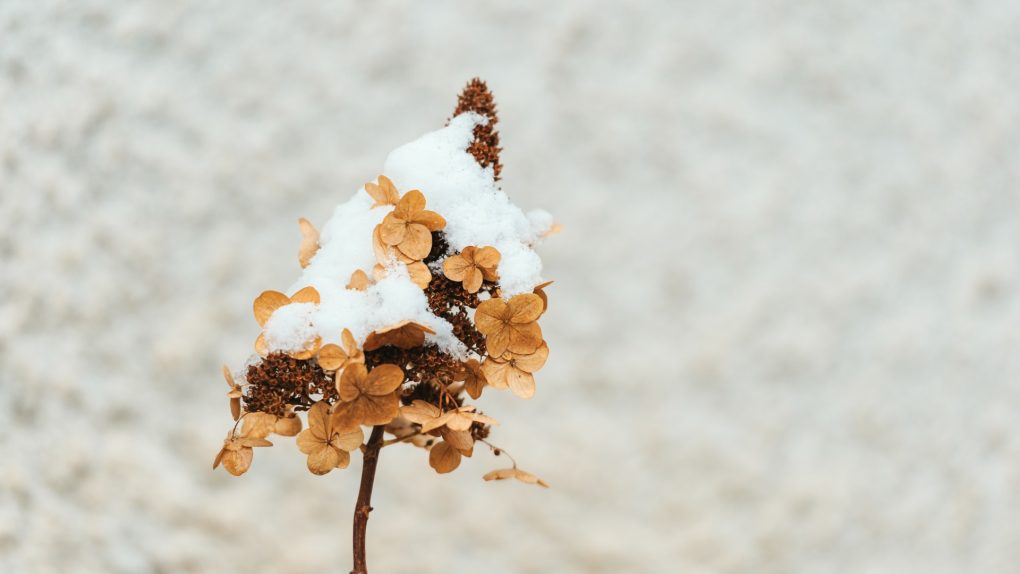Do Hydrangeas Need to be Deadheaded? A Gardener’s Guide
Hydrangeas benefit from deadheading. Deadheading refers to removing spent or fading flowers from a plant to encourage new growth, maintain its appearance, and prevent the plant from putting unnecessary energy into seed production.

Hydrangeas should be deadheaded to keep the plant neat and tidy and stimulate new growth and more recurrent blooms throughout the season. To deadhead hydrangeas, simply snip off the faded flowers just below the bloom, above the first set of healthy leaves on the stem. This allows the plant to focus on producing new blooms and strengthening its root system, ensuring a healthier, more vibrant plant overall.
Table of Contents
When to Deadhead Hydrangeas?
Deadheading hydrangeas are essential to keep them healthy and blooming year after year. But when is the best time to deadhead hydrangeas? Here are two times of the year when you should consider deadheading:
End of Blooming Season
Deadheading hydrangeas at the end of the blooming season is a great way to keep the plant looking neat and tidy. This is when the flowers have faded, and the plant is preparing for winter. Deadheading at this time will encourage the plant to focus its energy on storing nutrients for next year’s growth.
Cut the stem just above the first set of healthy leaves when deadheading at the end of the blooming season. This will prevent damage to the new buds forming on the stem next year.

Throughout the Year
Deadheading throughout the year is recommended if you want to keep your hydrangea looking tidy and encourage more blooms. Deadheading throughout the year will prevent the plant from wasting energy on producing seeds and instead focus on producing new blooms.
Cut the stem just above the first set of healthy leaves when deadheading throughout the year. This will prevent damage to the new buds forming on the stem next year.
Don’t deadhead hydrangeas right before winter as buds for next spring’s blooms grow just below the old dead blossoms, and leaving them in place can provide good protection to the young buds.
How to Deadhead Hydrangeas?
Deadheading hydrangea is a simple task that can help keep your plants healthy and looking their best. Here are some tips on how to deadhead hydrangeas:
Tools
Before you begin, make sure you have the right tools:
- Clean, sharp secateurs or bypass pruning shears
- Gardening gloves
- Denatured alcohol and cloth (optional, for cleaning tools)
Techniques
The method for deadheading hydrangea blooms depends on the time of year:
- Cut the spent blooms with a long stem attached if it’s before August. Inspect the stem at the point where it meets the larger branch. There should be small buds there. Cut the stem back as short as you like, leaving those buds intact.
- If it’s after August, you can remove the entire flower head, leaving a few inches of stem attached. This will help protect the plant from winter damage.
- For mophead hydrangeas, dead blooms can be removed just after flowering, but it’s a good idea to leave them on the plant over the winter to protect the tender buds below from frost. Dead flowerheads should be removed in early spring by cutting back the stem to the first healthy buds appearing from the faded bloom.

Always use clean, sharp tools when pruning to prevent the spread of pests and diseases between plants. And don’t forget to dispose of dead blooms and plant material properly to avoid potential problems.
Common Mistakes to Avoid When Deadheading Hydrangeas
Deadheading hydrangeas can be a simple and rewarding task, but there are some common mistakes that people make that can harm the plant. Here are a few things to avoid:
- Not deadheading: If you don’t deadhead your hydrangea, it will eventually stop producing flowers. Deadheading encourages the plant to produce more blooms, so it’s important to do it regularly.
- Deadheading at the wrong time: Deadheading too early can remove buds that haven’t bloomed yet, while deadheading too late can remove buds that will bloom the following year. Make sure to deadhead at the right time for your specific type of hydrangea.
- Using the wrong tools: Dull or dirty pruning shears can damage the plant and spread disease. Use sharp, clean shears and wipe them down with alcohol between cuts.
- Removing too much foliage: While deadheading, ensure not to remove too much foliage along with the blooms. The foliage is necessary for photosynthesis and the overall health of the plant.
- Not disposing of dead blooms: Leaving dead blooms on the plant can attract pests and diseases, so make sure to dispose of them properly.
By avoiding these common mistakes, you can ensure that your hydrangeas stay healthy and produce beautiful blooms year after year.
